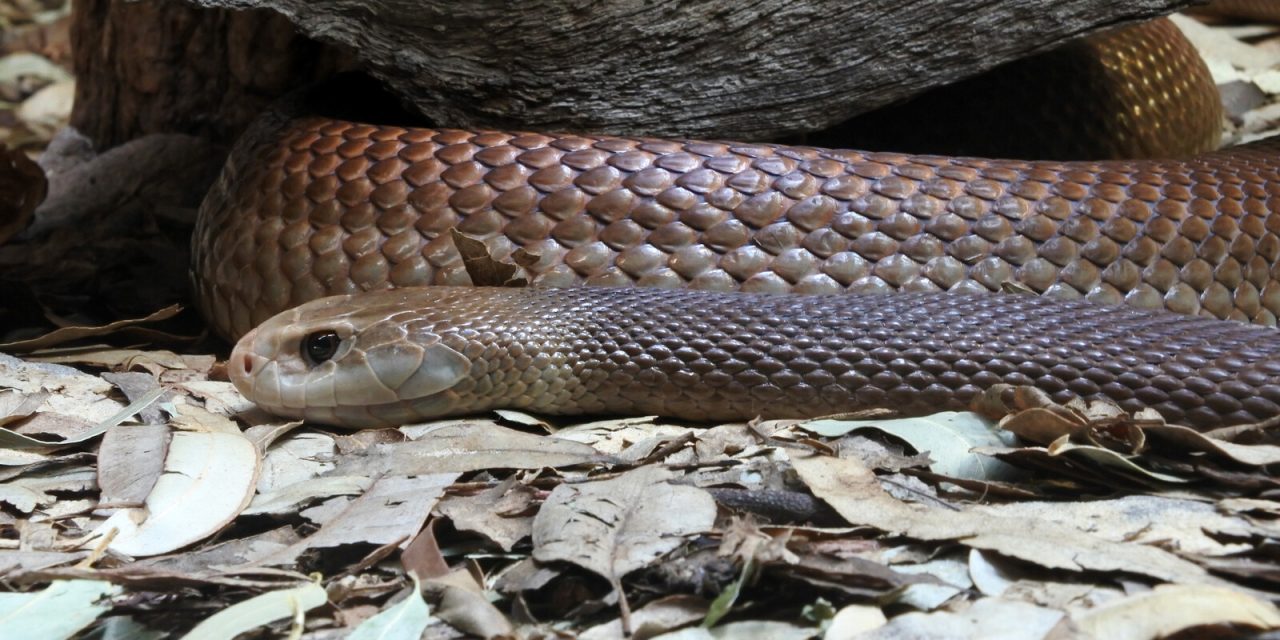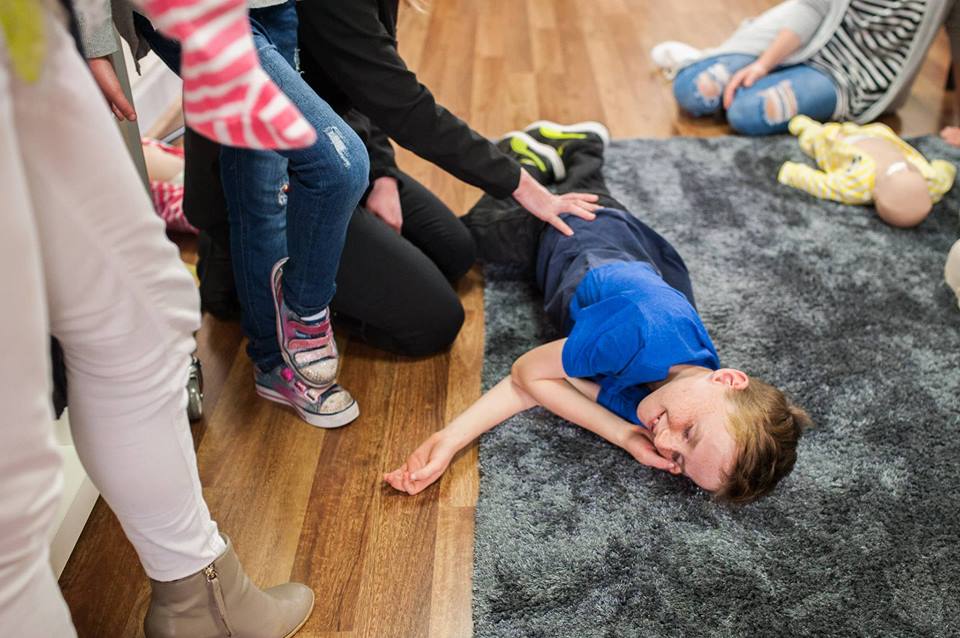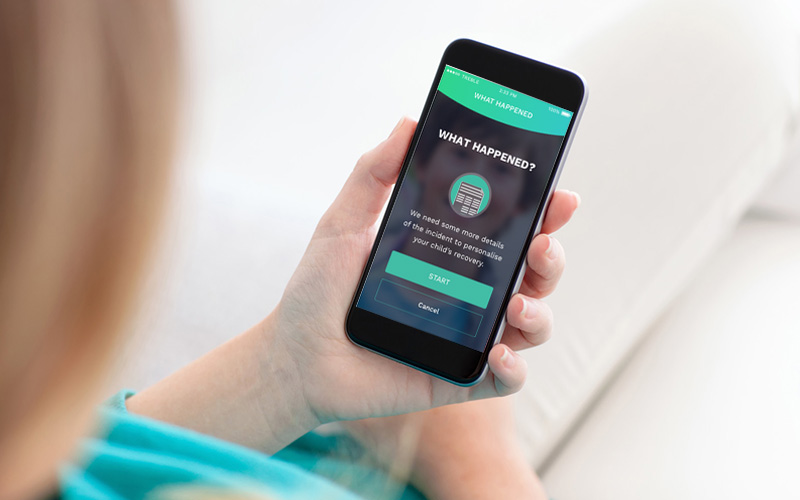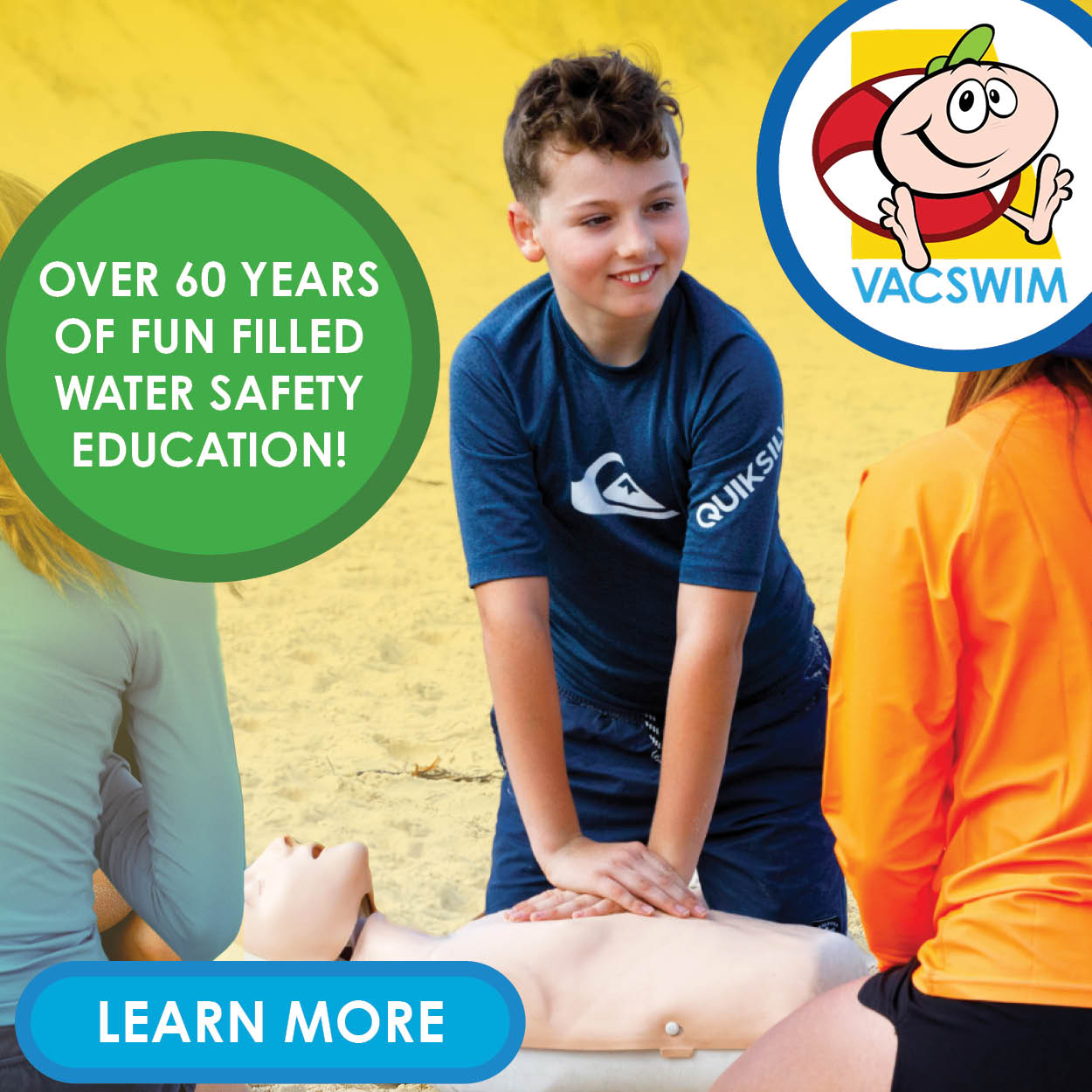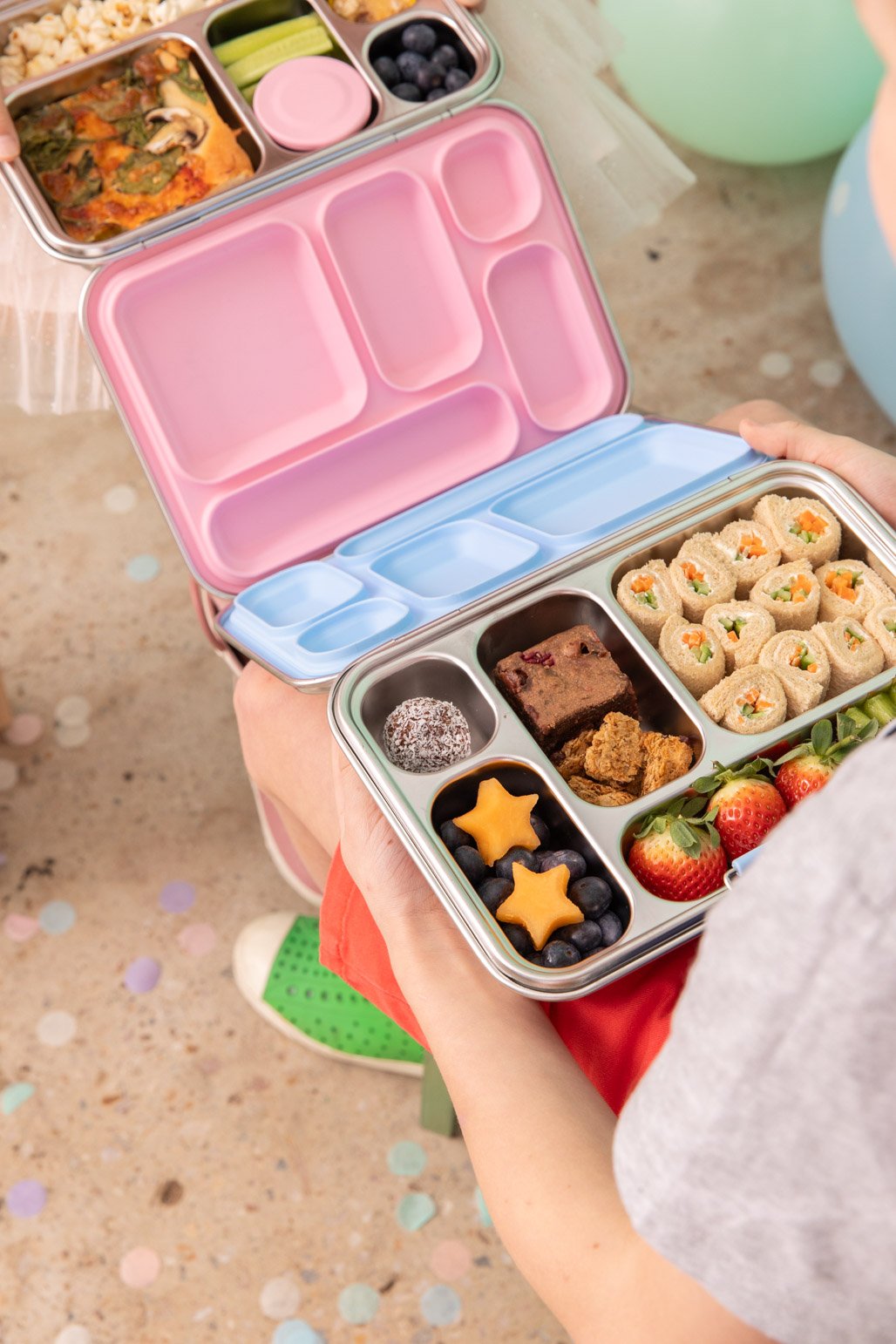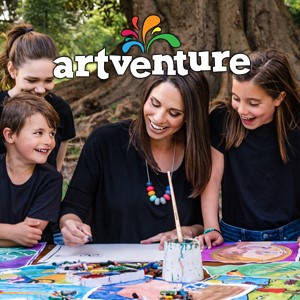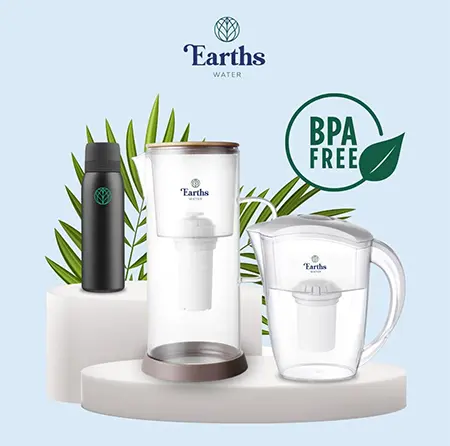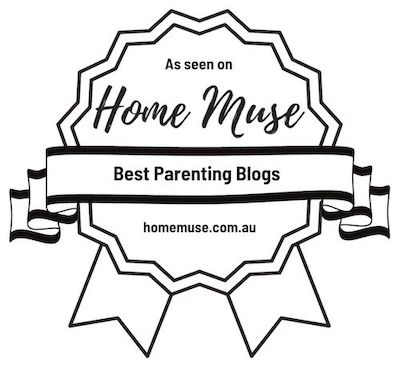Being from NZ, I have a bit of a snake phobia (ok a big one). During my childhood I played in forests, building cubby houses, climbing wood stacks and rocks with the peace of mind that snakes weren’t something I had to think about. Since moving here, I have made sure that I had learnt about them so that I could teach my children how to be safe around “snakey places” as well as brush up on the current first aid for snake bites.
I started teaching my children early both because I think in Australia it is something important to be aware of and because children are naturally drawn to explore in the types of areas that also interest a snake. A healthy respect for them is important. On a few occasions my children have proven that they understand what to do if they see a snake, and in fact can do it better than me! It is this time of the year that I double check that they have remembered all that they need to know. Let me share it with you….
How do we avoid being bitten in the first place?
Be aware of the types of environments that snakes like so that you can approach with caution and be watchful for snakes (they are masters of camouflage). Think wood piles, holes in rocks, places to sun themselves, area with water and a food source (e.g. chicken coop), long grass and many other random cosy places.
Approach “snakey” places by stamping or making lots of vibrations. Snakes can’t hear as we do, instead they sense vibrations. Mostly the types of snakes in Adelaide like to avoid humans and so if they know we are coming they will likely make a hasty exit.
Wear appropriate clothing when walking or working in areas that you may meet a snake. Boots and long pants when hiking or working in high risk areas, gloves if gardening.
Don’t try to catch a snake they are more likely to bite if they feel threatened. If you get bitten the snake identification is no longer needed to treat with antivenom (see below).
If you see a snake stay still (remember they feel your vibrations) and call for help.
What should you know about snake bites?
Always treat the bite as though you have been bitten by a venomous snake until proven otherwise in the hospital.
Interestingly, the venom of Australian snakes do not initially enter the blood stream. Instead it travels in a different fluid called lymph which travels around our body in the lymphatic system. To get around the body the lymph fluid is dependant on movement and muscle contractions (bending, walking, wriggling etc). Eventually the lymph fluid (and the venom) will filter into the bloodstream and then spread everywhere. So, to avoid the spread of venom, you need to stop the flow of lymph fluid in the bitten limb as soon as you can after the bite. That means KEEP STILL and apply the pressure immobilisation technique which works to stop the venom moving towards the blood stream.
Here is what to do:
- STAY STILL (did I say that already?) call 000 transport should come to the person
- Apply a bandage over the top of any clothes (removing them will cause movement) right over the bite site about 10cm above and below
- Apply another firm bandage (about the same compression as you would for a sprain) from fingers/toes (i.e. below the site) to armpit/groin (or as far up the limb as the bandage allows). Remember you are not aiming to stop blood flow as the venom is in the lymph fluid, so the fingers and toes should remain a normal colour
- Splint the limb with whatever you have available to stop movement (or tie legs together, arm to body)
- Keep them still
What if you don’t have enough bandage? Do the best you can to apply a firm bandage starting directly over the bite site and extending up the limb as far as you can go. No bandages (it’s best to be prepared)? Use clothing or anything else you have available. What if the bite is not on a limb? Stay still call 000 and apply direct pressure to the bite site.
Once in medical care it will be assessed whether you need antivenom (not all bites have venom injected). This is usually based on whether you are showing symptoms of venomation (e.g. abnormal bleeding, pain, muscle paralysis). Thanks to modern technology they don’t even need to test the site for what type of snake bite it was. There is now 1 antivenom that neutralises the venom of the 5 snakes in Australia that can seriously harm us!
There are around 3000 snake bites reported annually, 300-500 hospitalisations and 2-3 deaths a year from snake bites in Australia. That tells us that first aid to stop the spread of venom saves lives! So, remember keep them still and grab that bandage!
The pressure immobilisation technique is practiced in an HLTADI003 Provide First Aid course, so if you do activities in “snakey areas” this is a great course for you so you are feeling confident. My next Public course delivered in Partnership and under the auspices of Allens Training RTO Pty LTD 90909 is on Oct 16 in Holdfast bay, book your spot here
Or if a non-accredited Parent/Caregiver course is more for you, I have community courses available on 23 Sep and 16 Nov which can be booked here
This article was written for information and education purposes only and is not intended to be a substitute for professional medical advice, diagnosis, or treatment. Always seek the advice of your physician or other qualified health provider with any questions you may have regarding a medical condition. Never disregard professional medical advice or delay seeking it because of something you have read in this article.
Karyn is an Adelaide based, Registered Nurse and Trainer with 18+ years of experience dealing with the medical and first aid needs of both adults and children. She is also a Mother and has firsthand experience dealing with Asthma and Allergies/Anaphylaxis on a daily basis. These roles enable Karyn to both appreciate the first aid challenges that a Parent/Caregiver can face, and understand the importance of quality first aid training in the community. Visit her website at www.head2toefirstaid.com.au







